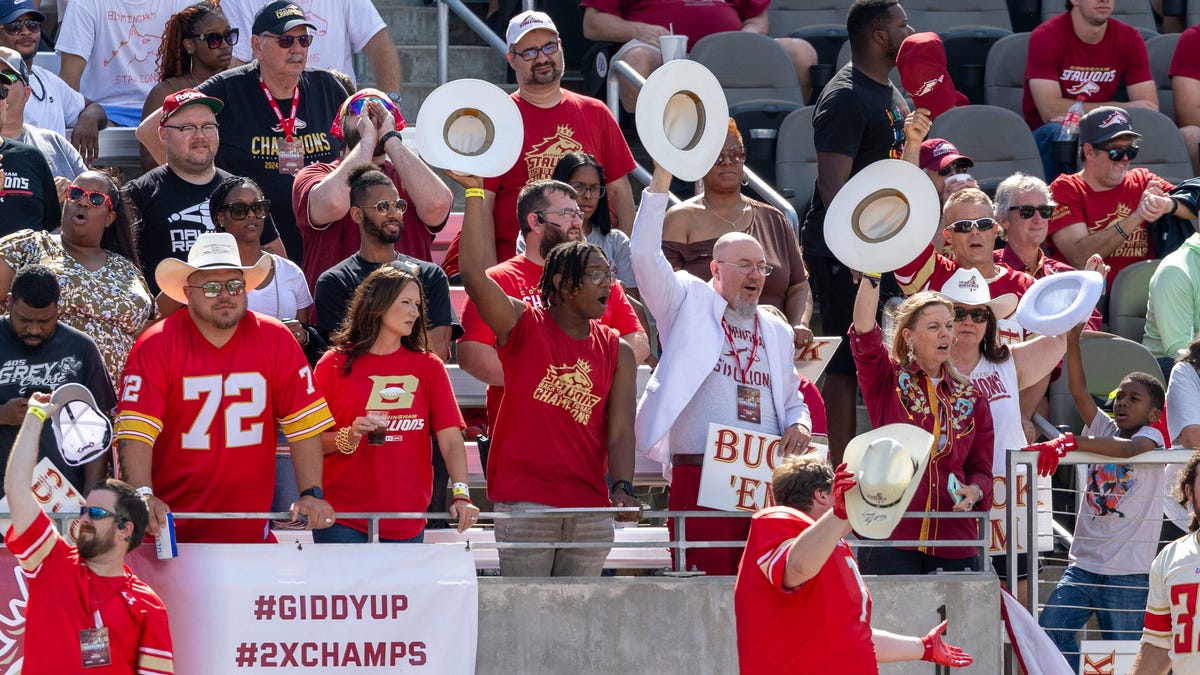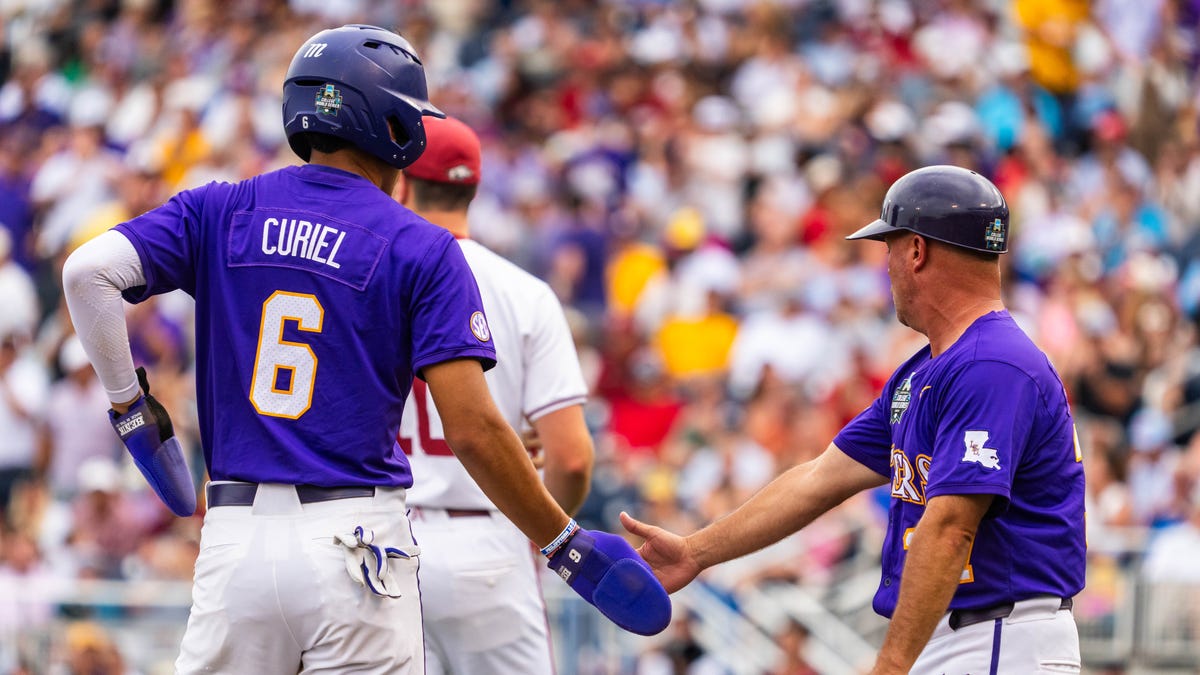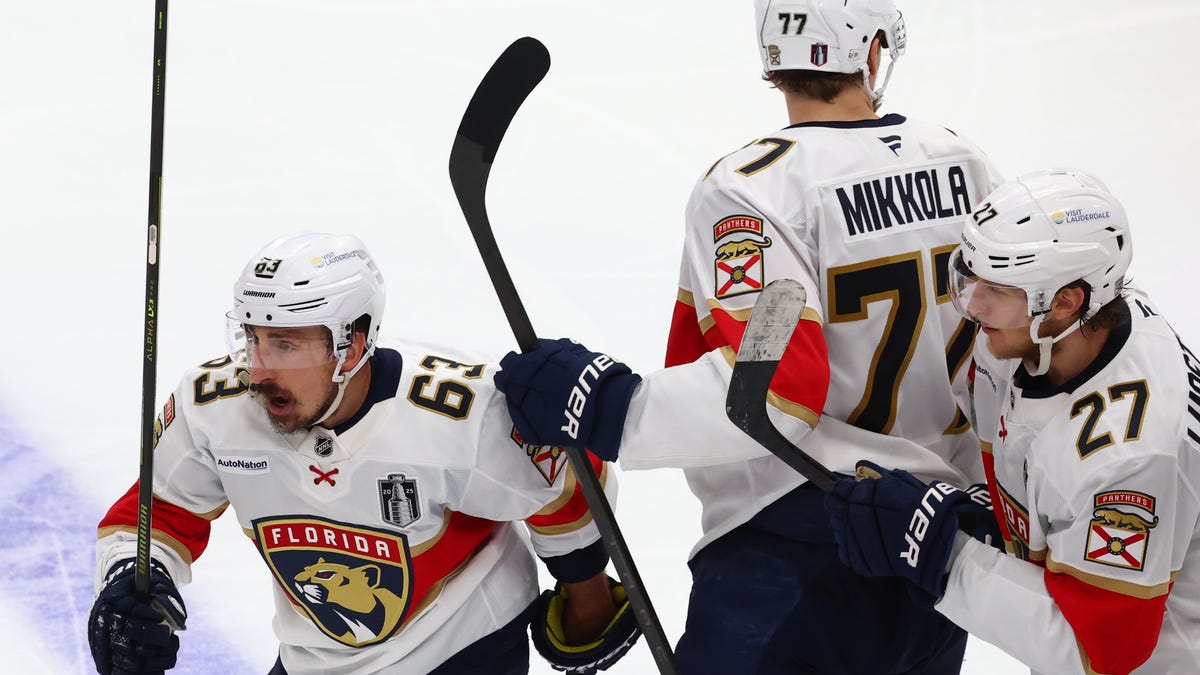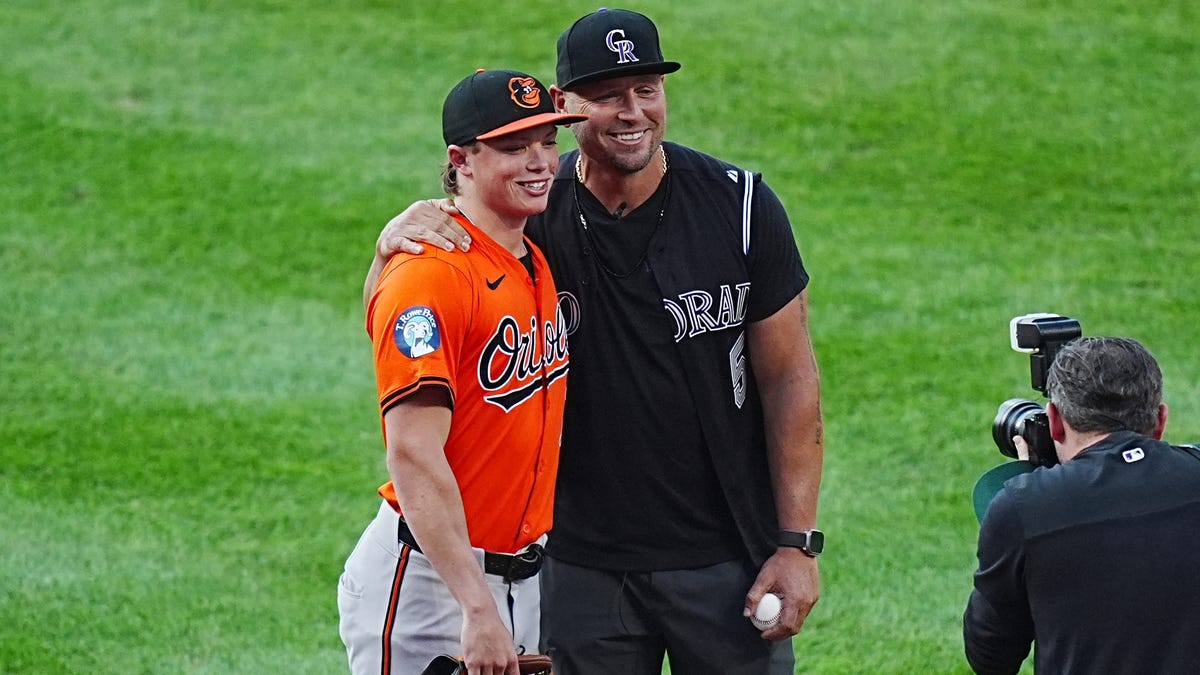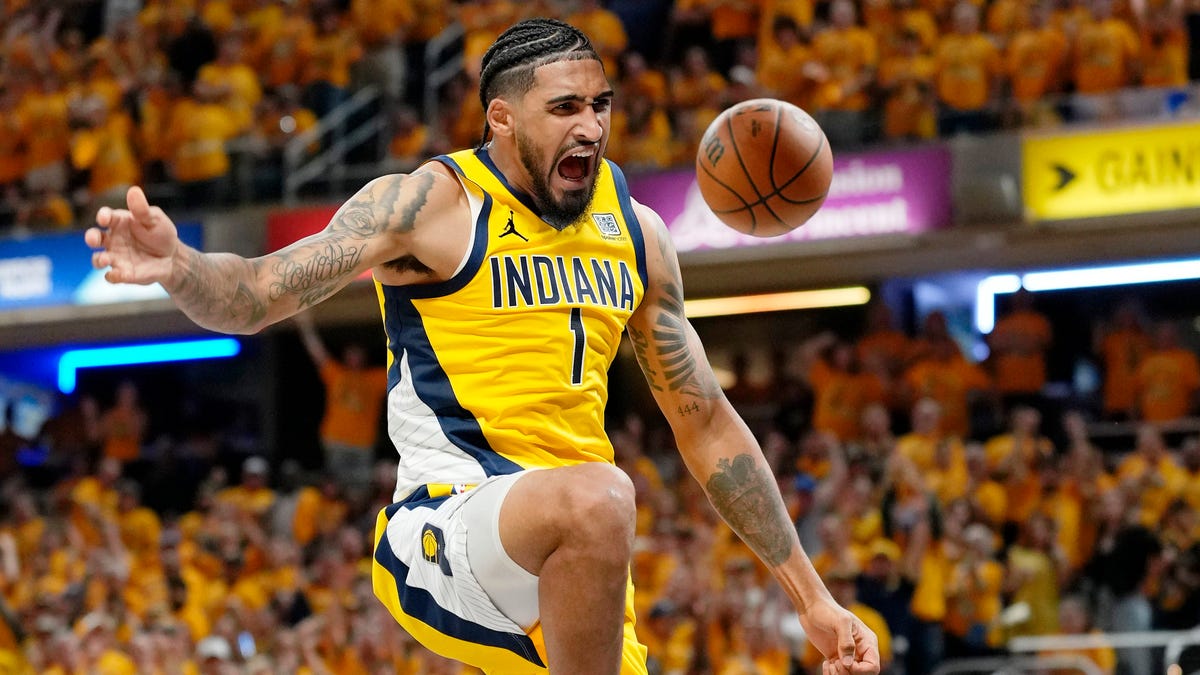
Greg Olsen expresses excitement for upcoming Olympic flag football
Former TE Greg Olsen is excited for some NFL players to showcase their skills in the upcoming 2028 Summer Olympics and the debut of flag football.
Sports Seriously
ST. LOUIS — The UFL was hopeful its second season as a unified spring football league would afford it opportunities to expand upon the attendance it drew in 2024.
Instead, the league’s overall attendance declined by 5%, according to the Sports Business Journal.
Seven of the UFL’s eight home markets had their average attendance drop in 2025, with the Michigan Panthers’ 30.4% increase in attendance serving as the outlier. Four markets – Arlington, Birmingham, Houston and Memphis – averaged fewer than 10,000 fans per game.
The league’s TV viewership also declined, as its games had an average of 645,000 viewers in 2025, down from 812,000 in 2024.
While the results weren’t what the league was hoping, its leadership continues to insist it is willing to do whatever it takes to create growth across its eight markets.
“We’re not shying away from it,” UFL president Russ Brandon said of the league’s attendance challenge at the league’s championship game media day in St. Louis. “It’s certainly something that we’re running towards.”
UFL attendance: Why league is confident it will grow
The UFL’s leadership was quick to point out the spring league is still in its infancy. It played its first game as a unified spring league just 15 months ago after the USFL and XFL merged ahead of the 2024 season.
“We haven’t even gotten to our ‘Terrible Twos’ yet,” UFL owner Dany Garcia said with a smile.
Brandon noted the 2024 merger – which closed on Jan. 13, just more than two months ahead of the league’s March 28 start date – prevented the UFL from focusing significant resources on market growth ahead of its first season together.
“We were drinking out of a fire hose operationally to get up and running,” Brandon explained.
The UFL was better positioned to start addressing its attendance challenges in 2025. It spent resources adding personnel and advertising in each of the league’s eight home markets while attempting to create more connectivity between those markets and the UFL Hub in Arlington.
Even so, the league was still learning about itself and the audience with which it was trying to connect.
“Our first-year merge was murky for us to understand; what does the market actually think of us, and who are we?” Garcia said. “This is the year that we got the clarity, and now we know who we are, and now we push forward.”
What will pushing forward entail? Brandon offered that the league is “looking at every way to re-engage and look at our marketplace in each separate silo as we move forward.”
“We know this: We have a great product. We know it’s affordable,” Brandon said. “We’re trying to activate as much as possible in each of these local markets. And we have a great plan, I believe, in place to do that.”
He also noted the league isn’t worried at all about the ratings decline, opining they were still “phenomenal” compared to other programming.
“People would give their eyeteeth for the amount of eyeballs that are watching our games on TV,” he said.
But for now, the UFL’s executive vice president of football operations Daryl Johnston acknowledged the league wants its focus to remain on celebrating the Michigan Panthers and DC Defenders as they square off in the league’s season-concluding championship game.
“When the time comes and the time is right, then we’ll start to reflect back and find out some of the whys,” Johnston said, referencing the league’s attendance challenges, “and then how can we implement that moving forward to make sure that we’re getting better every year.”






